Kenya Safaris:Mount Kenya Trekking Routes

Small Groups.

Secured
Payments

Local Guides.

Easy Payments
About Trip
Mount Kenya is Africa’s second highest mountain at 5,199m (17,058 feet) and the highest of all Kenya Mountains.
Departure days throughout the year – Sunday, Tuesday.
Start With us?
Highest Mountain In Kenya
Climb Mount Kenya.
Mount Kenya is Africa’s second highest mountain at 5,199m (17,058 feet) and the highest of all Kenya Mountains. Mount Kenya is roughly circular, about 60km across at the 200mm contour, where the steep font hills rise out of the gentler slopes of the centered highlands. At the centre of the massif, the main peaks rise sharply from around 4,500m to the main summit of Batian 5,199m, Nelion 5,188m and point Lenana 4,985m. Other major summits on the mountain include Point Piggott 4,957m, Point Dutton 4,885 and Point John 4,883m. Of the three main peaks (Batian, Lenana and Nelion), only point Lenana can be reached by trekkers and the other two being only for technical climbers.
Mount Kenya is the second highest peak in Africa and stands somewhat unjustly in the shadow of it’s taller neighbour Kilimanjaro, which lies some 320km away in the south and is visible on a clear day. Kili may see much more traffic – due to the possibility of summiting via several non-technical trekking routes and due to the sometimes dubious honour of being one of the Seven Summits – but Mount Kenya offers a wealth of excellent and diverse climbing possibilities on rock, snow and ice.
The rock on Mount Kenya can be of variable quality but is at it’s best high on the mountain where the syenite rock is similar to granite – rough, hard and well endowed with features.
Apart from the superb climbing potential on Mount Kenya, its tarns and alpine meadows; exotic, equatorial, high-altitude vegetation; sunbirds, hyrax and soaring eagles make the walk around the peaks one of the most beautiful expeditions in the East African mountains.
After the cultivated farmlands on the lower slopes the trails pass through the rain forest, rich in trees of many species but noticeably camphors, then onto a bamboo zone growing to heights of more than 12m or more up through open moor land before reaching the moonscape of higher slopes. The forests are rich in wildlife including elephant, buffalo and monkeys with even the moor lands offering a long list of mammals including the rock hyrax, the nearest living relative of the elephant.
Mt. Kenya is an ancient volcanic mountain much older than Mt. Kilimanjaro. It’s believed to have once reached well above 600m. What is left today is volcanic plug which erosion has fashioned into the complex jagged outline of the central peaks.
Getting to Mount Kenya.
Mount Kenya is approximately 200km north of Nairobi, the capital of Kenya, and is comfortably accessible by road using a variety of transport options – buses, mini buses, taxi cab or a car hire will get you close to the mountain on the tarred roads to the nearest town: Naromoru town for Naro Moru route, Nanyuki town for Sirimon route and Chogoria town for Chogoria route. Mt Kenya Hiking, Mount Kenya Climbing, Mount Kenya Trekking, Climbing Africa Mountains, Climbing Mt Kenya, Walking on Mount Kenya, Mount Kenya Trekking Route, Naro Moru Route, Nanyuki, Sirimon Route on Mount Kenya, Shiptons Camp,
The last stretch from the nearest town to the various trailheads (typically +/- 25km) will be on dirt roads and these can be in poor condition (especially in wet weather) and require a 4WD, or an approach on foot.
When to Trek Mount Kenya
Although, Mount Kenya can be climbed all year round, the highest rainfall occurs between late March and the middle of May, and slightly less between late October and mid December. Maximum rainfall occurs in the forest belt and on the south-east side of the mountain where it reaches 2500mm. per year at 3000m. Rain and, higher up, snow can however be encountered at any time of year – even in the driest periods (January and February). Normally the drier seasons are associated with clear, dry weather which can last for many days on end. The best weather is generally in the mornings, and convectional rainfall, if any, tends to come in the mid-afternoon.
Temperatures vary considerably with height and with time of day. At 3000m. frosts can be encountered at night while day temperatures range from 5 to 15°C. Night time temperatures on the summit are well below freezing. The south-facing side of Mount Kenya receives more sunshine in the December to March period. During this time rock climbs are “in-condition” and snow and ice climbs gradually deteriorate. In the June to October period the north-facing rock climbs and south-facing ice climbs are best.
It’s safest to climb Mt. Kenya during the dry seasons: January – February and August to September off the most reliably fine weather. The main routes are likely to be more crowded at this time of the year. If you favor complete solitude over the sunny skies, try going slightly off the peak season. It’s best to avoid the two rainy seasons from mid March until June and from late October to the end of December.
Mount Kenya Vegetation.
Mount Kenya is home to some fascinating high-altitude alpine vegetation including giant groundsels and lobelias. In the lower-altitude forest zone trekkers may come across some rather large and uncompromising African wildlife such as elephants and buffalo – fortunately these are mostly active only at night. Lions, leopard, rock hyrax, various antelope species and a wide range of other creatures large and small occur in the park.
About Routes .
The Naro Moru Route.
We pick you up at your accommodation in Nairobi (or other location) and then drive you to Naro Moru town. We then proceed to the park gate where we register. By this time the elevation is 2400 m (7900 ft). We then begin the hike through 8 km (5 mi) of beautiful rainforest. We arrive at Met station (3050 m or 10200 ft), have dinner and overnight in the hut.
After an early breakfast, we hike and get into a steep bog and walk through Teleki valley, named after the Hungarian explorer Samuel Teleki. After a 6-7 hour hike, we arrive at Mackinders camp (4200 m = 14000 ft) where we have lunch and rest. Later we will have dinner and overnight in the hut.
In order to summit point Lenana (4985 m = 16355 ft) in time for sunrise, we get up 2 am. Yes, 2 am. This is not for whimps. Then we walk for 4 hrs through a long scree and summit at dawn. You will be treated to and incredible view of beatiful peaks, tarn lakes, glaciers and valleys. We then descend to Met Station for dinner and an overnight at the hut.
We descend to park Gate, and meet with our transfer car back to Nairobi. If you prefer we could arrange for you to stay overnight at Naro Moru River lodge before returning to Nairobi.
The Sirimoni Route
We pick you up in Nairobi (or other location) and drive to the quaint town of Nanyuki. We enter the park by the Sirimoni gate (2600 m = 8500 ft) and then proceed on a gentle (but uphill) 9 km (5.6 mi) hike to the first of our camps “Old Moses”. The hike takes about 3 hrs in total and we have dinner and sleep overnight at the Old Moses hut.
After breakfast we leave the camp at 7am and depart for Shipton’s camp which takes about 6 to 7 hrs to walk. We have lunch en route. Shipton’s camp is at 4200m (13800 ft). Here we stay, have dinner and overnight at the hut.
After breakfast, we do the summit circuit from the western side of the mountain, hiking through Houseberg Valley via two tarns up Austrian hut at 4700 m (15400 ft). We arrive at the hut at lunch time. After lunch, we hike for 45 minutes up to point Lenana and then descend to the same hut for dinner and over night.
After breakfasts descend through the upper and lower simba col, pass by Shipton’s to Old Moses camp. We have dinner and stay overnight at Old Moses.
We descend to the Sirimoni park gate and meet with the transfer car back to Nairobi.
The Chogoria Route
We pick you up in Nairobi (or other location) and travel to the town of Chogoria. From Chogoria to park gate is 22km which we travel by Landrover to Meru Mount Kenya Bandas. This is also the location of the the park gate. We have our dinner and stay here overnight.
After breakfast, we walk for 6 -7 hrs up to Mintos hut at 4300 m (14100 ft) for dinner and overnight.
We leave the hut early at 2 am and hike through the scree to reach the summit of point lenana 4985 m (16345 ft) at dawn. You will be treated to and incredible view of beatiful peaks, tarn lakes, glaciers and valleys. After summiting, we have a choice to descend via the Sirimoni route or Naro Moru route, described above.
We descend down to park gate and meet with our transfer car for the trip back to Nairobi.
Our Happy Clients!
Our Tanzania trip was fabulous. Spotting the Tree-climbing lions and Black Rhino was unforgettable. Thanks for fulfilling our dreams. We’ll be back soon!
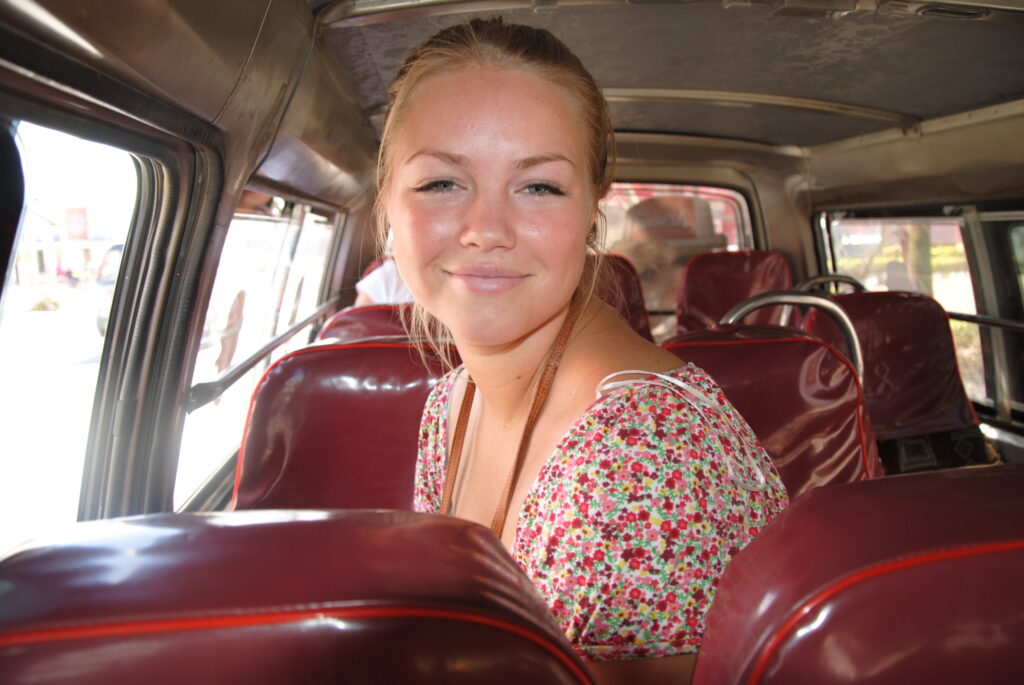
Clara Smith
Thank you, Maasai Land Wonders Team, for your exceptional care during my 3 Months Volunteering program. A thousand thanks for an unforgettable experience.
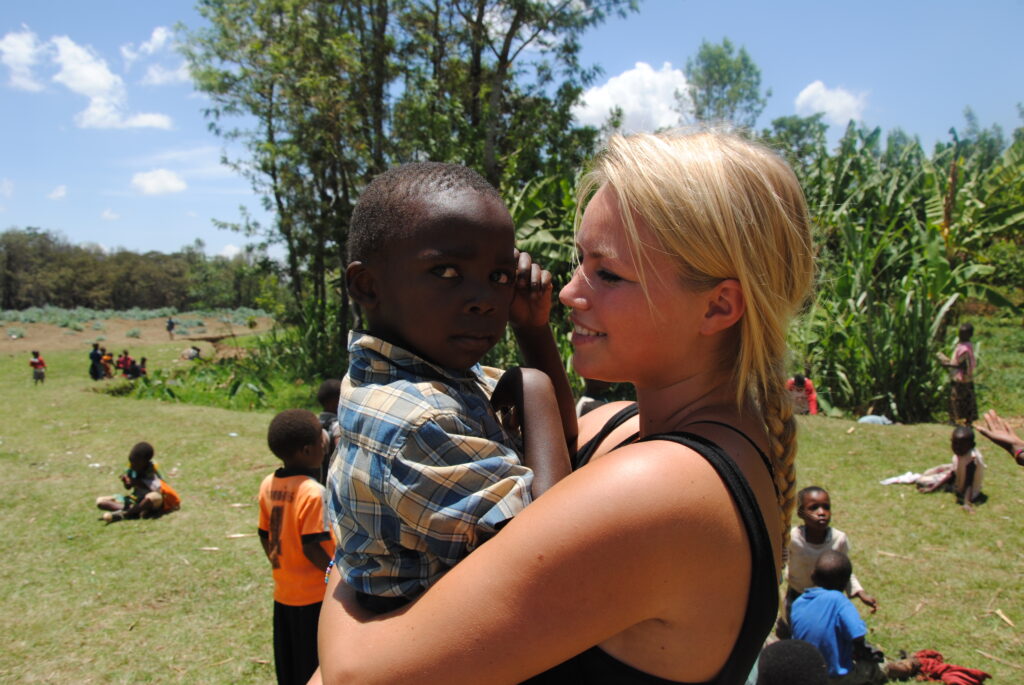
Shelly Barns
Thank you, Edwin and your team, for an amazing 7-day trip. Your personal care and dedication made it unforgettable. 1000 thanks!
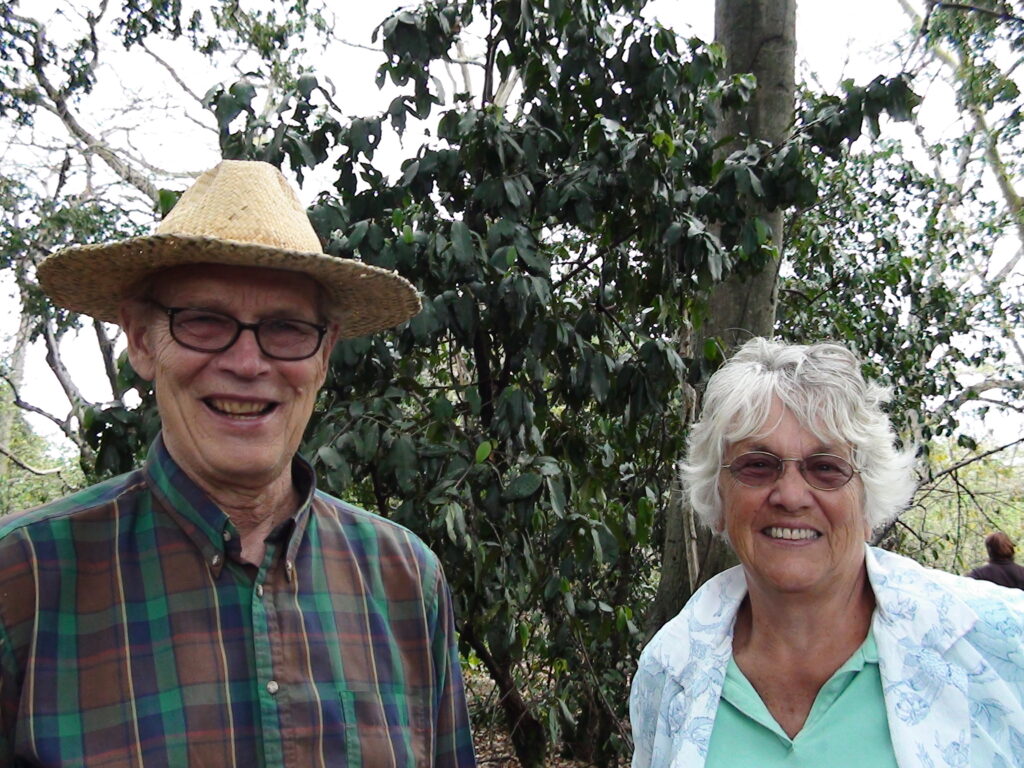
Jacob Luke
Contact us, We're at your Service.
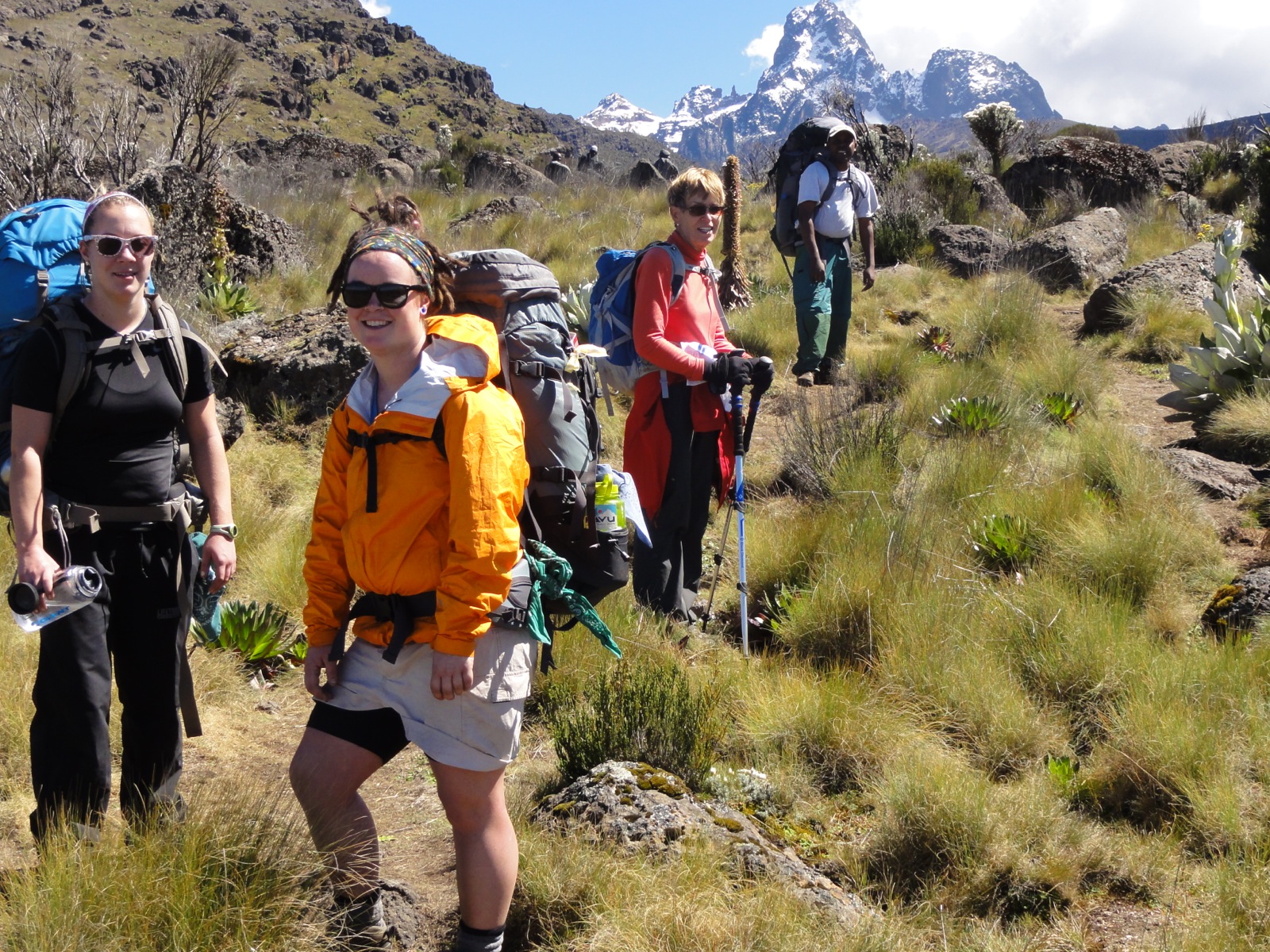

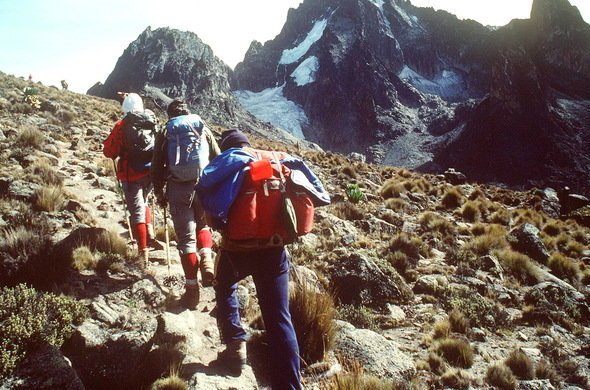
Trusted by:

